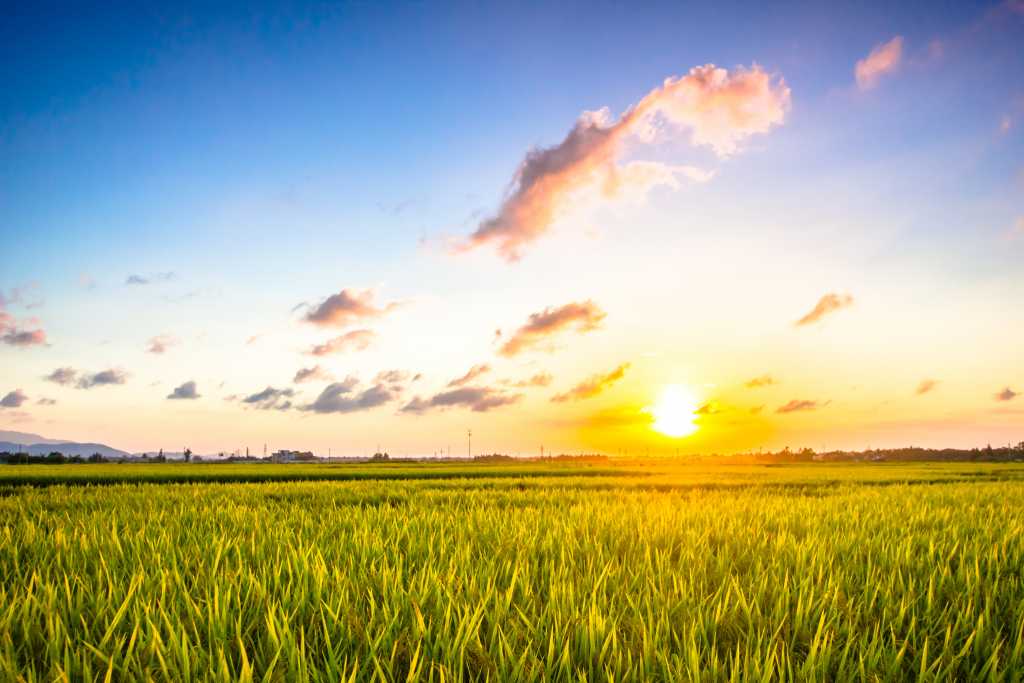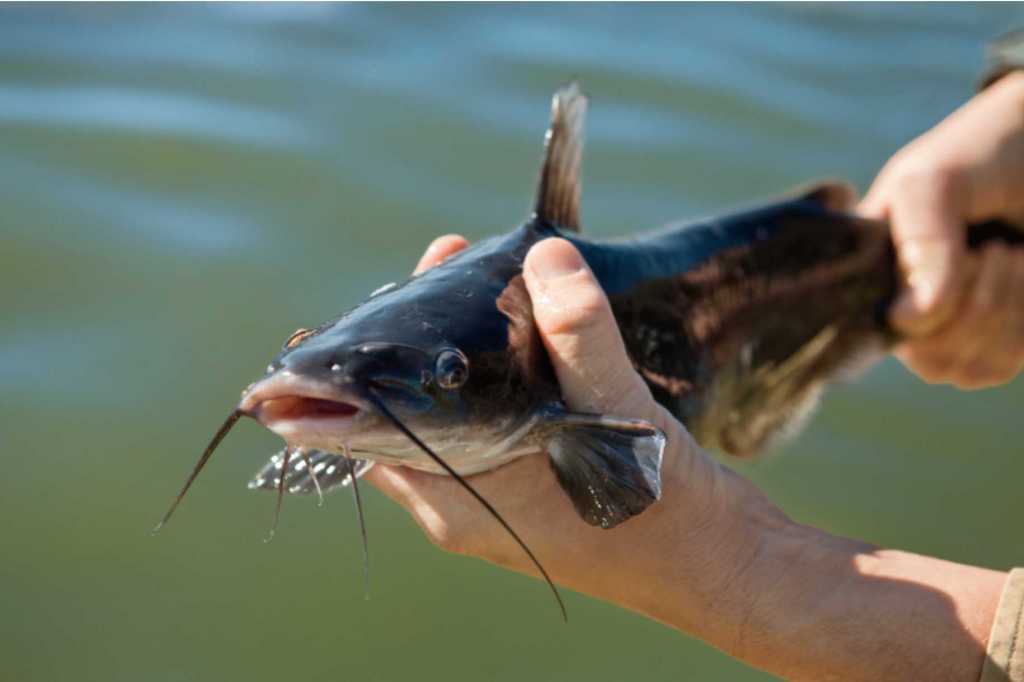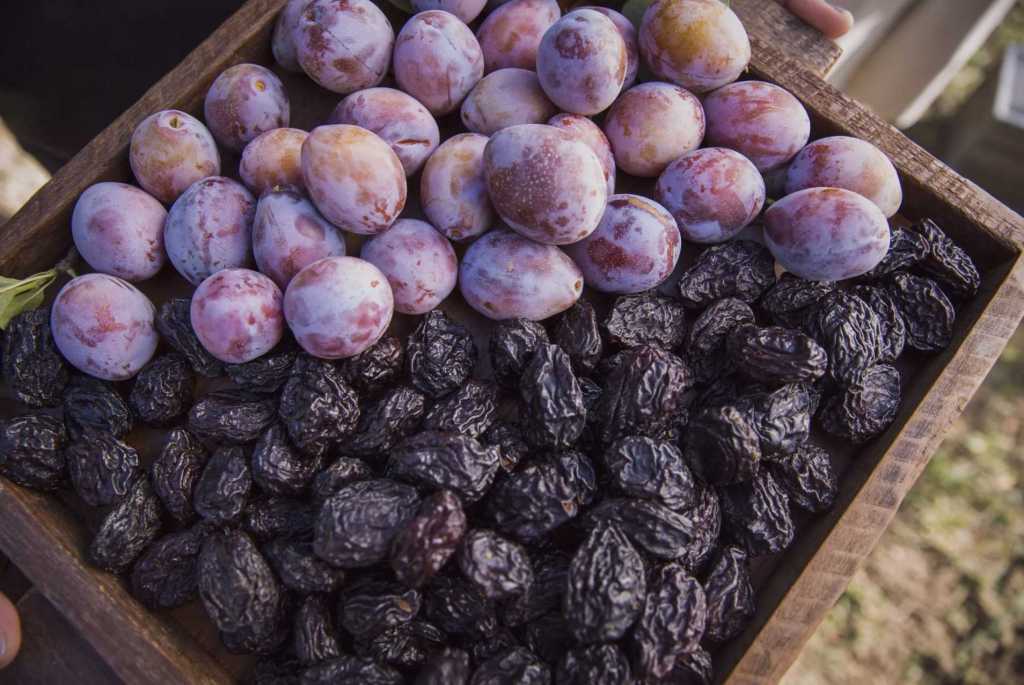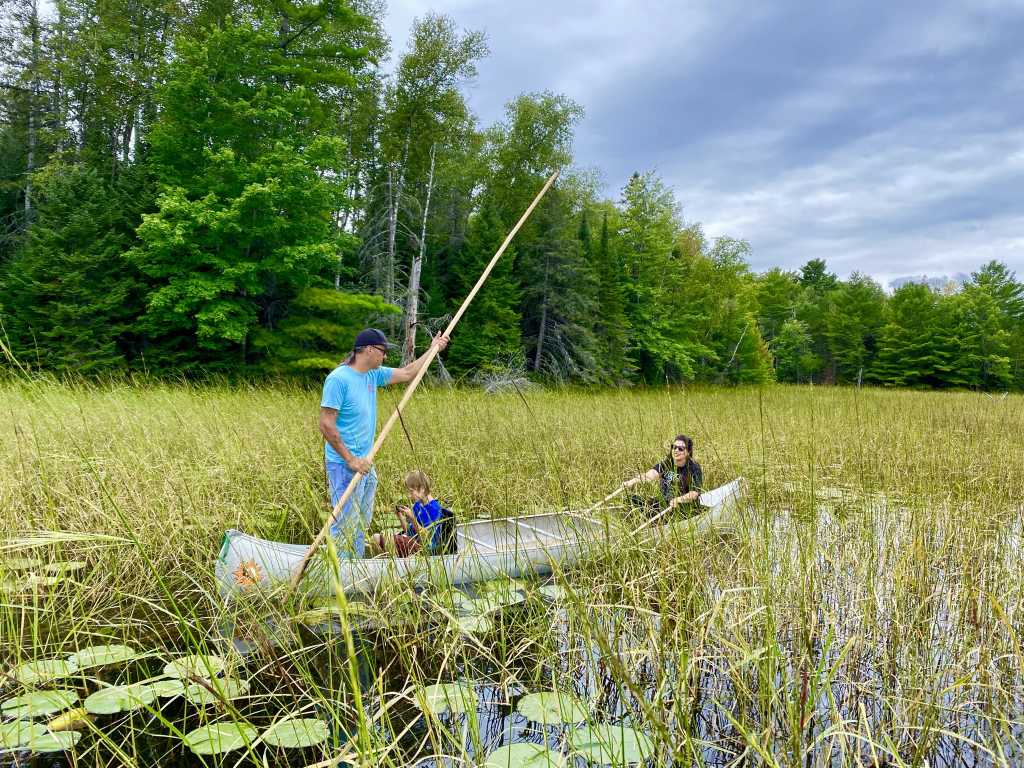Rice is one of those foods that roams the globe and is a staple of many national cuisines. It may come as a surprise, but today, nearly 85% of the rice eaten in the United States is grown there. The country is unique in its ability to produce a wide range of varieties, including long, medium, and short grain, aromatic, and special varieties. The majority of this rice is grown on family-owned farms. Many of these farmers live on the land they work. As a result, they are strongly invested in incorporating sustainability into their production and processing practices. When taking a closer look, it quickly becomes clear that protecting the environment and conserving wildlife are integral to rice farming in the United States.
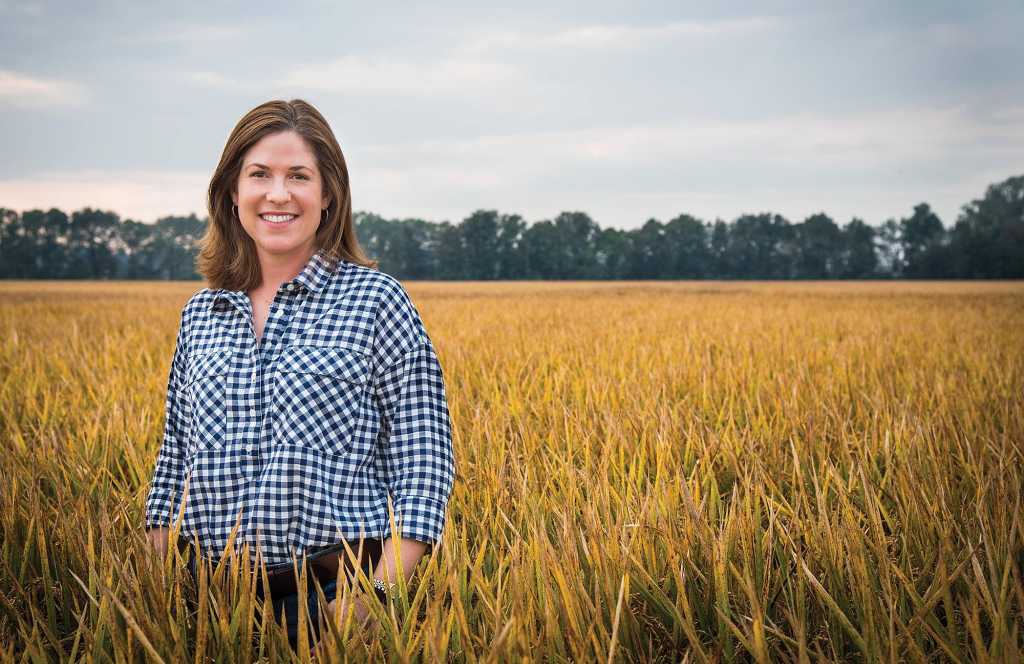
In the Field
Each year, 18 billion pounds of rice are grown and harvested by local farmers in Arkansas, California, Louisiana, Mississippi, Missouri, and Texas. With the use of specialized technology as well as unique planting and harvesting equipment and methods, U.S. growers have made rice cultivation very efficient. This efficiency in farming operations has proven to be beneficial for the environment as well. Between 1980 and 2015, land use efficiency increased by 39%, meaning that more rice could be produced on less land. Additionally, soil conservation practices are reported to have decreased erosion by 28% per acre.
Water is an essential resource for rice cultivation. Fortunately, successful rice farming in the United States no longer depends on heavy seasonal rainfall. Today, through the use of precision technology, farmers are able to track both water use and weather conditions as well as control flooding and drainage of their fields. According to the U.S. Rice Industry Sustainability Report 2018, the use of water in U.S. rice production decreased by 52% between 1980 and 2015.
When it comes to energy use and air quality, U.S. rice farmers cut use and improved quality over the same 1980 to 2015 time period. The use of efficient equipment, precise production practices, and innovation helped reduce energy use by 34% and cut greenhouse gas emissions by 41% by hundredweight of rice produced. Milling, the final step of rice production where rice is ground to the grains we buy in the store, is also undergoing a sustainable transformation with renewable energy becoming increasingly more common. Additionally, a number of farmers and millers are increasingly incorporating solar technology, helping them get closer to the goal of becoming energy neutral.
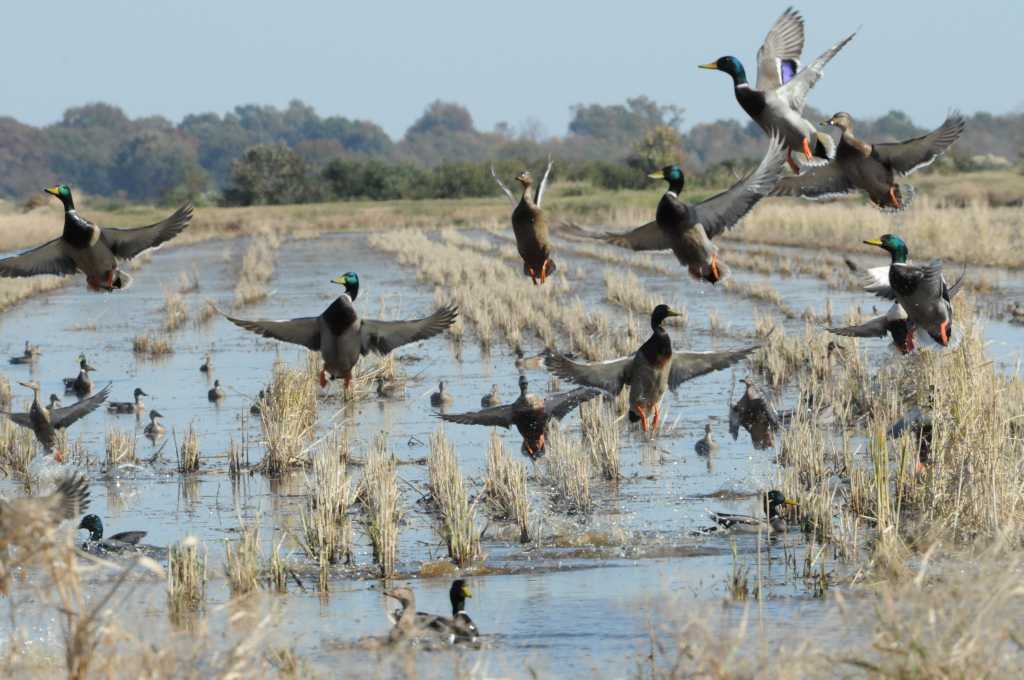
Wildlife Conservation
The wetland habitat created by rice farmers in the United States is vital for many wildlife species. In the post-harvest winter months, rain flooded rice fields provide a food source and foraging habitat for migratory and wintering birds. These birds feast on the waste grains, weed seeds, and invertebrates in these fields. This conservation practice also promotes sustainable agriculture, as the foraging waterfowl searching for food in the grain residue left after harvest, help to increase soil nutrients and straw decomposition and reduce weed and insect pressure.
While generations of U.S. rice farmers are committed to voluntary sustainability practices and conservation efforts, a formal partnership between USA Rice and Ducks Unlimited (DU) began in 2013 with the Rice Stewardship Partnership. This initiative seeks to strengthen conservation efforts in the industry. This public-private partnership provides farmers with the technical assistance and cost share funding needed to implement conservation practices on their farms. It is estimated that 700,000 acres of working rice lands in the U.S. will be positively impacted by 2023 through this unique partnership. While all these achievements in the past years are very impressive, U.S. rice farmers are committed to continually improving sustainability in the future.

From Farm to Table
Aside from being sustainably grown, U.S. rice provides interesting textures and versatility to a chef’s pantry. With an array of rice varieties that go beyond classic white rice, the U.S. grown grain allows for endless menu possibilities.
“Rice is a low-cost ingredient that provides great plate coverage, reducing your need for expensive center-of-the-plate proteins. Think jambalaya, paella, risotto, fried rice—all potentially low-cost, high-margin dishes.” – USA Rice

Looking for some recipe inspiration? This Spicy Vegan Rice Bowl not only looks good, but is filled with flavor. The combination of brown rice, roasted chickpeas, broccoli, a spicy flavor, and a delicious sunflower cream makes you feel good from beginning to end.
If you are interested to receive further information on U.S. grown rice or would like to source rice from the USA, please visit www.usarice.com and www.usarice.co.uk or contact us:

